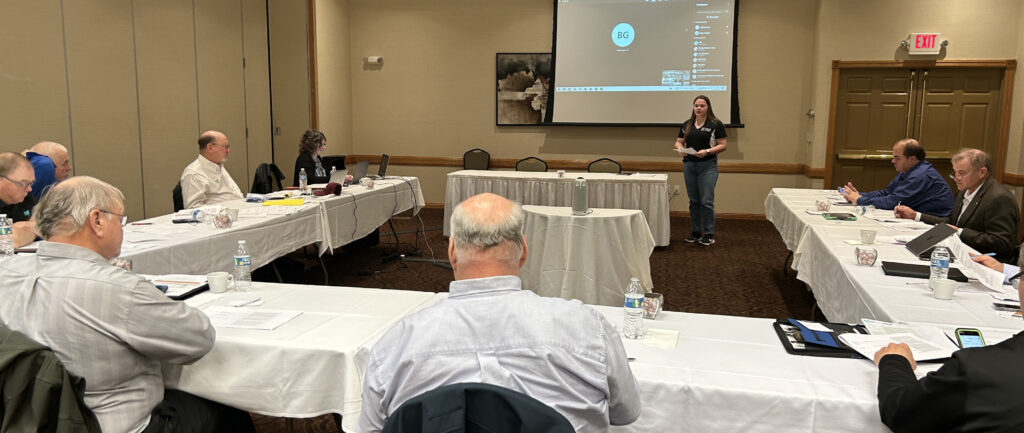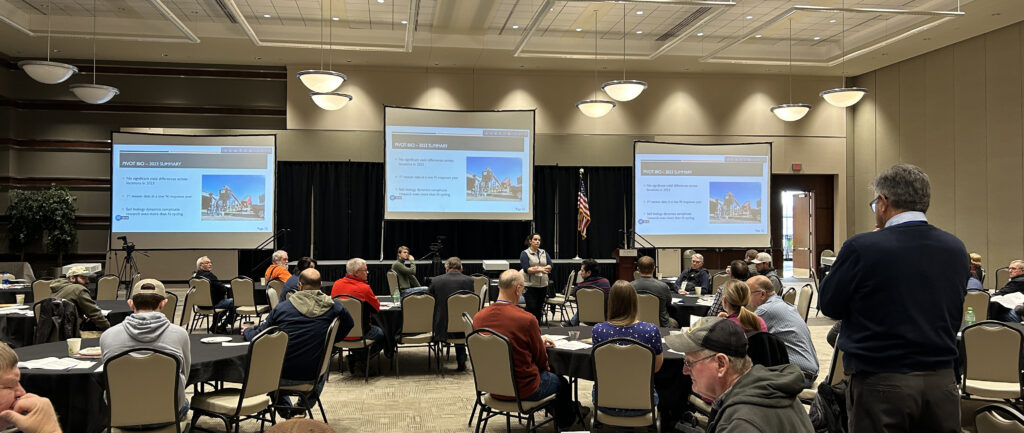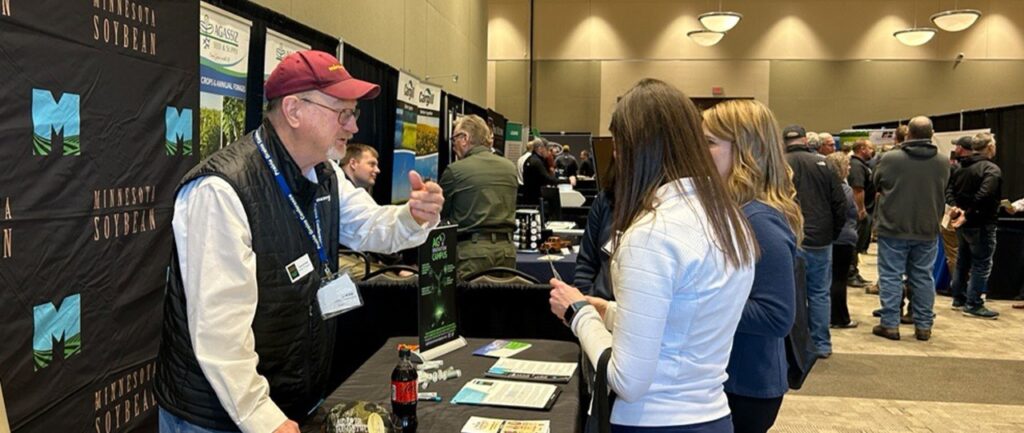According to the latest USDA-NASS report, 60 percent of the Minnesota soybean crop is rated good to excellent and about 47 percent of the crop is in flowering (8 days behind the 5 year average). It looks like certain areas may be in position to produce a decent crop. Reports from across the state indicate soybean aphids are present in low numbers; it is now time to be scouting.
The foundation of a good Integrated Pest Management (IPM) program is a properly implemented scouting program. With the development of pyrethroid resistance, using the threshold of 250 aphids per plant on a majority of the plants infested is critical for the stewardship of our chemical resources. Utilization of the threshold also allows the predators such as ladybugs, and a growing population of the Aphelinus certus parasitic wasp, to keep the aphid population below damaging levels. This saves time and expense of spraying an insecticide until needed. Some sales people will suggest throwing in some insecticide, usually a generic “Warrior” with your fungicide application, regardless of the scouting reports. However, this kind of thinking leads to the development of pesticide resistance. Given the current price of soybeans, every penny counts; does this line of thought make economic sense?
The Minnesota Soybean Research & Promotion Council (MSR&PC), with the help of soybean checkoff dollars, supports several exceptional entomology projects. Listed below are recent articles developed by Bob Koch and Bruce Potter. Two insecticides (TransformTM and SefinaTM) are newly labeled for use in 2019. The Soybean IPM team has tested these products over recent years and found their performance to be as effective, if not more, (Figure 1 and Table 1) as several other commercially available materials.
Over the last four years, we have seen reports of pyrethroid resistant aphids over a broad geography. If your fields require an aphid insecticide application, contact your local agronomist about development of resistance near you. If you apply an insecticide and have failure to control the pest, eliminate the normal paths of insecticide failure (rate to low, improper application, etc.). If you need to treat the field again, choose an insecticide from a different insecticide group. In addition, contact Bob Koch, Bruce Potter or other members of the University of Minnesota IPM team (https://www.mnipm.umn.edu/about-us/contact). The University, with support of soybean checkoff dollars, has developed a quick laboratory assay to determine if a soybean aphid population has developed resistance to pyrethroids. Applying pyrethroids to pyrethroid resistant aphids will not make a farmer much money and will make the aphids more resistant.
As we examine the pesticide choices, remember to read the pesticide labels. In the last several years, the number of Minnesota surface waters impacted by chlorpyrifos (aka Lorsban TM) has increased with the spread of the pyrethroid resistant soybean aphids. Check your setbacks from surface water. Aerial applied chlorpyrifos (and pyrethroids) setback is 150 feet from surface water, ground boom rigs should use a 25 foot setback. We do not need to loose these tools due to poor application techniques.
It is essential that we all are better stewards our crop protectant tools. While there are dozens of insecticide products labeled to control soybean aphids, there are limited groups (families) of chemicals. To steward your chemical families, one should rotate chemistry. Given the spread of pyrethroid resistant aphids, starting with a pyrethroid is probably not a safe bet. However, if you start with an inexpensive pyrethroid this leaves you with an organophosphate or one of the new products as the next most logical selection for a follow up. Following that initial pyrethroid spray with a pyrethroid mix may provide pest control, but could provide more selection for insecticide resistance.
Soybean aphid control can be a complex problem, use all your tools wisely.
Literature cited
https://swroc.cfans.umn.edu/sites/swroc.cfans.umn.edu/files/2018_aphid_insecticide_final_report.pdf
https://academic.oup.com/amt/article/44/1/tsz040/5480076
http://www.mda.state.mn.us/protecting/bmps/~/media/Files/protecting/bmps/chlorpyrifosbmps.pdf


This story was written by David Kee, director of research for the Minnesota Soybean Research & Promotion Council and can be reached at 507-388-1635 or dkee@mnsoybean.com







